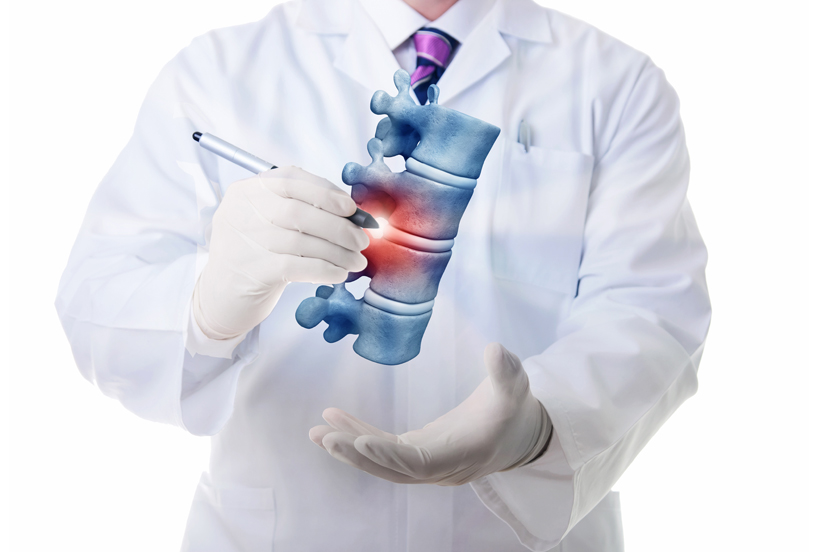1. Low back pain resulting from mild to moderate degenerative disc disease (“discogenic pain”)
2. Soft disc herniation with discogenic back pain or sciatica
3. Lumbar spinal stenosis symptoms included central, lateral and foraminal stenosis with leg, buttock or groin pain
4. Degenerative spondylolisthesis grade I
5. Facet joints pain
6. Instability
7. Fusion at an adjacent level
1. Absence of or damage to the spinous process or interspinous space
2. Severe osteoporosis, osteopenia, or other metabolic bone disease
3. Tumors
4. Active infections
5. Allergies to implant materials
Benefits of Percutaneous interspinous device spacer:
1. Preservation of the supraspinous ligament
2. Preservation of the interspinous ligament in adjacent levels
3. Preservation of the integrity of paraspinal muscles
4. Insertion technique allowing simultaneous distraction
5. Achievement of a parallel relative position of the vertebral bodies, opening the intervertebral foramen
6. Unloading of both facet joint articulations and intervertebral discs, thereby lowering the intradiscal pressure and reducing pain
7. Avoidance of narrowing of the spinal canal in extension
8. Placement safe for treatment of multilevel pathology
9. Alternative for older patients with systemic disease in whom for long and invasive surgery is contraindicated
10.Shorter surgical time and no blood loss
11.Shorter hospitalization
12.More rapid patient return to daily activities
13. Preservation of anatomy to allow for future operations if necessary
Risks of Percutaneous interspinous device spacer:
1. Implant interrupts the interspinous ligament at index level.
2. Implant may decrease lumbar lordosis.
3. Its insertion in older and/or osteoporotic/osteopenic patients could cause intraoperative fracture of the spinous process.
4. Implant could increase facet joint articulation at adjacent levels.
Postoperative care
No special postoperative care is needed. Patients are encouraged to walk the same day as surgery and may be discharged within 24 hours.
Patient Visual Analog Scale and Oswestry Disability Index scores significantly improved after surgery. The use of a lateral interspinous device is a safe and effective strategy for the treatment of neurologic claudication due to central stenosis. This percutaneous approach offers a less invasive surgical option, maintaining the supraspinous ligament and preserving the interspinous ligament at adjacent levels, with minimal management of the interspinous ligament at the index level. This procedure allows for short operative time, no blood loss, and reduced hospitalization time.
Dr.Chaiyot Chaichankul
Orthopedic Sugeon-Spine Specialist
You may find our specialist here at Orthopedic Institute, Phyathai 2 Hospital
 @pt2_inter
@pt2_inter
 Phyathai 2 Cambodia
Phyathai 2 Cambodia
 PT2Chinese
PT2Chinese
 phyathai2inter
phyathai2inter
![]()
![]()
![]()
![]()

![]()
